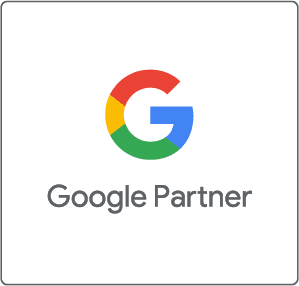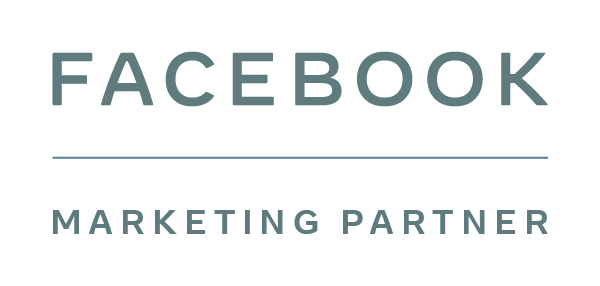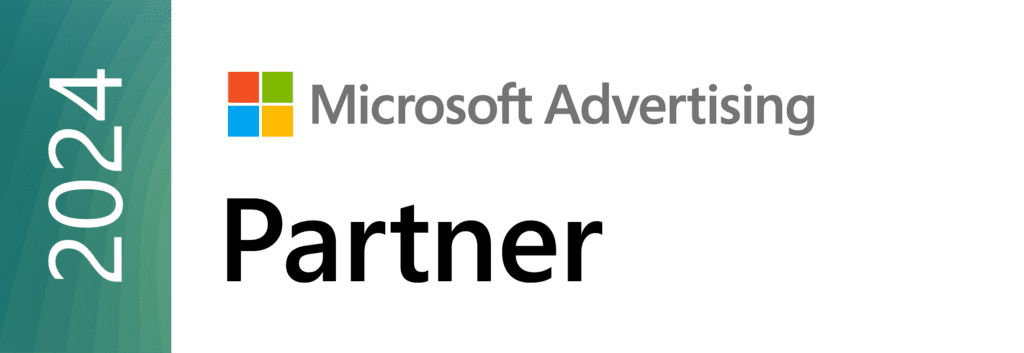Throughout 2019, we saw some big changes come from Google Ads and Microsoft Advertising with Google continuing to shift its focus to automation, leading advertisers to take more of a curator role over that of practitioner.
As a fleeting overview of 2019 the following changes happened in the Google Ads sphere:
- Seasonal segments added for In-Market audiences and other brand new audience types
- Launch of the audience expansion tool
- Changes made to how phrase and broad match behave, in relation to synonyms and paraphrases
- Retirement of accelerated delivery as a delivery option
- Introduction of the lead form ad extension
- Videos in responsive display ads
- Sunsetting of Average Position as a metric
Now that 2019 is out of the way, let’s move on to 2020 and run through the salient releases and announcements in January 2020 so far.
Google Ads
On the back of some pretty big changes throughout 2019, Google have started 2020 with some new and exciting changes and announcements to their advertising platform and ads.
#1 – Ads Label
Out of the gate, Google has flip flopped with how it deals with Google ads labelling in search results on desktop. In May 2019 Google rolled out the sleek, more organic looking ads label changing it from its predecessor and has since trialled the same look on desktop.

Much to the dismay of Google, there’s been a bit of a fuss kicked up about the change in desktop ads labels in which they’ve reverted the change and are now running tests on different variations. In my opinion, Google Ads have never looked more like organic results than they do now and I understand the kickback they have got over changing the ad label.
#2 – Parallel Tracking for Video
Google have announced that parallel tracking for video is going to be mandatory from March 31st, with the option to manually switch it on in the Google Ads interface already.
![]()
Whilst not a huge change, parallel tracking can be useful in speeding up load time on site as it deals with tracking the click measurement in the background during site load instead of sending them via the tracking URL first, all in all a nice step forward.
#3 – Bid & Budget Simulator
Earlier this month, Google rolled out their bid and budget simulators to more bid strategies allowing advertisers to use the bid simulator for ‘Target ROAS’ and the budget simulator for ‘Maximise Clicks and Conversions’.
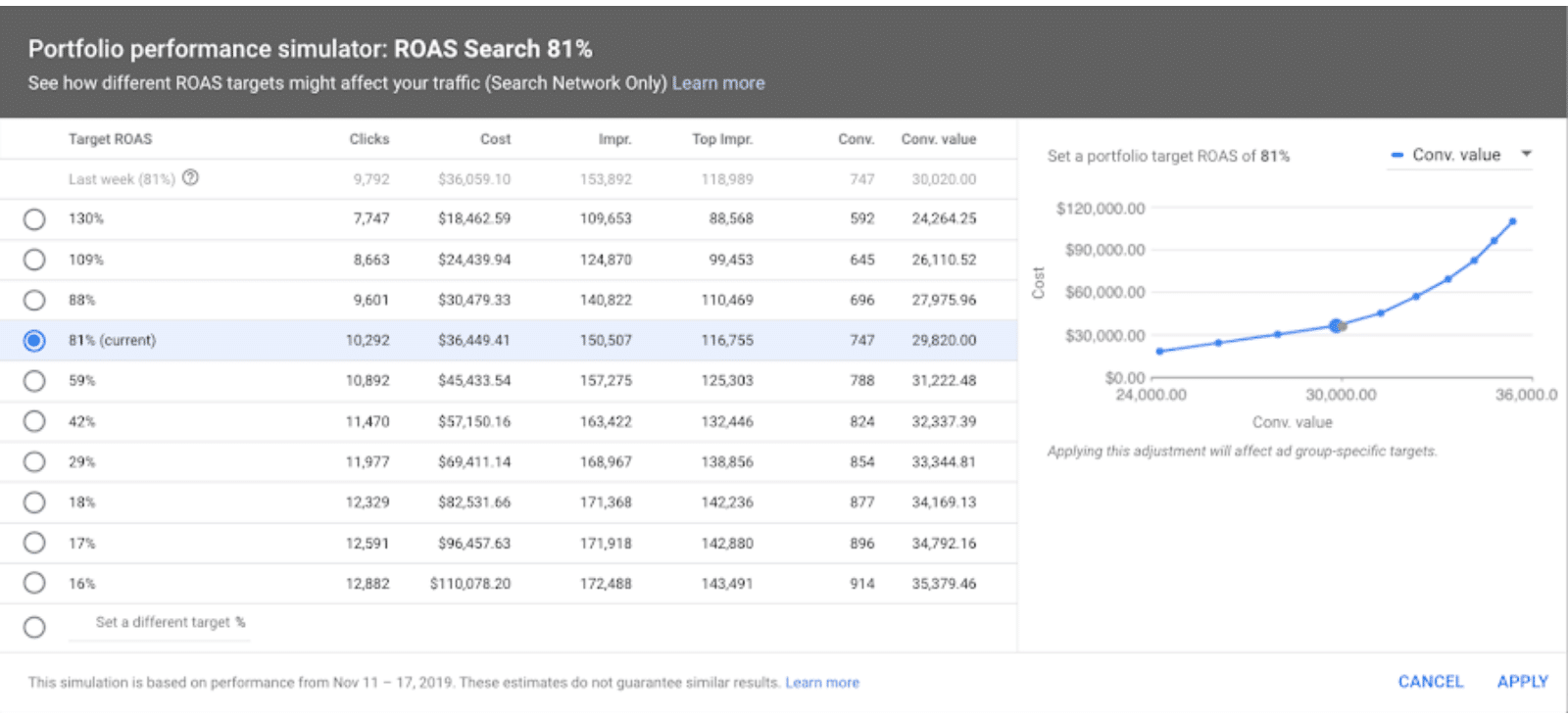
With Google pushing strategies other than manual strategies over the last couple of years, this is a great step change for advertisers to gauge the potential performance impact of bid or budget adjustments especially when the strategy is to spend your budget (looking at you ‘Maximise Conversion and Clicks’). I must note that you should take the projections with a pinch of salt, like everything to do with the bid and budget simulators, as future performance does differ from Google Ads projections.
#4 – Google Support
On a slightly different note, Google Ads support ended supporting advertisers via social media and will no longer give media support on Twitter and Facebook. This leaves the ways to get in touch with Google narrower.
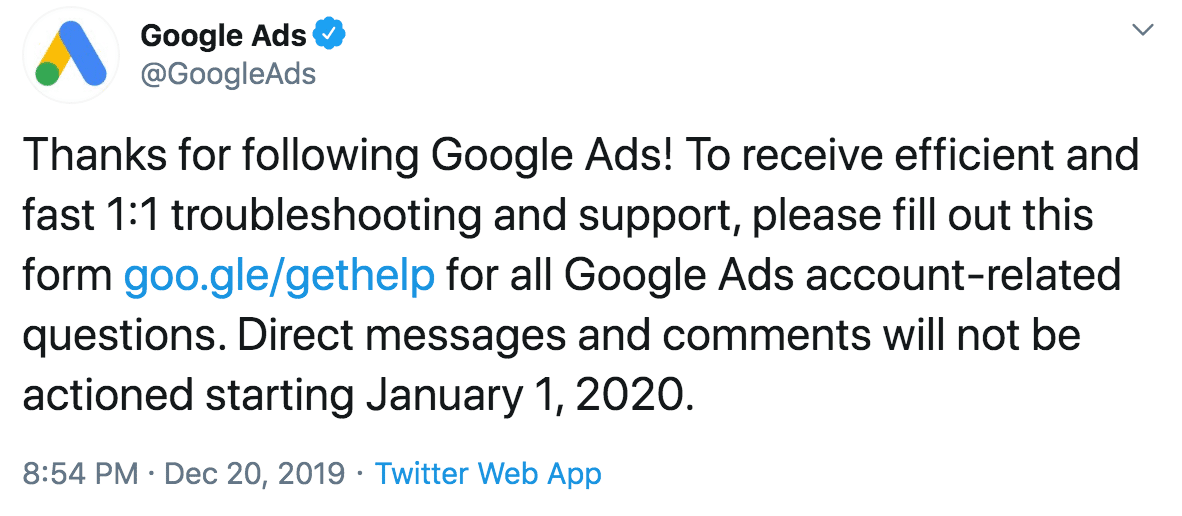
The change came at the start of the year with Google announcing it late 2019. A bit of an annoying change but one I do understand. I’d suggest going through your Account Manager or ringing the support line if you have access to the Dublin team. Failing that, try to go through the online or phone services.
Microsoft Advertising
Unlike Google, Microsoft have started off the year with some larger changes and announcements which do mirror some changes made on Google in 2019.
#5 – Responsive Search Ads
Responsive Search Ads (RSAs) are now out of beta and available for all advertisers across all territories in both the online UI and editor. RSAs came out over a year ago but the shift towards them suggests days are numbered for expanded text ads sadly, with another platform taking away control from the manager and pushing them into a more curator position.
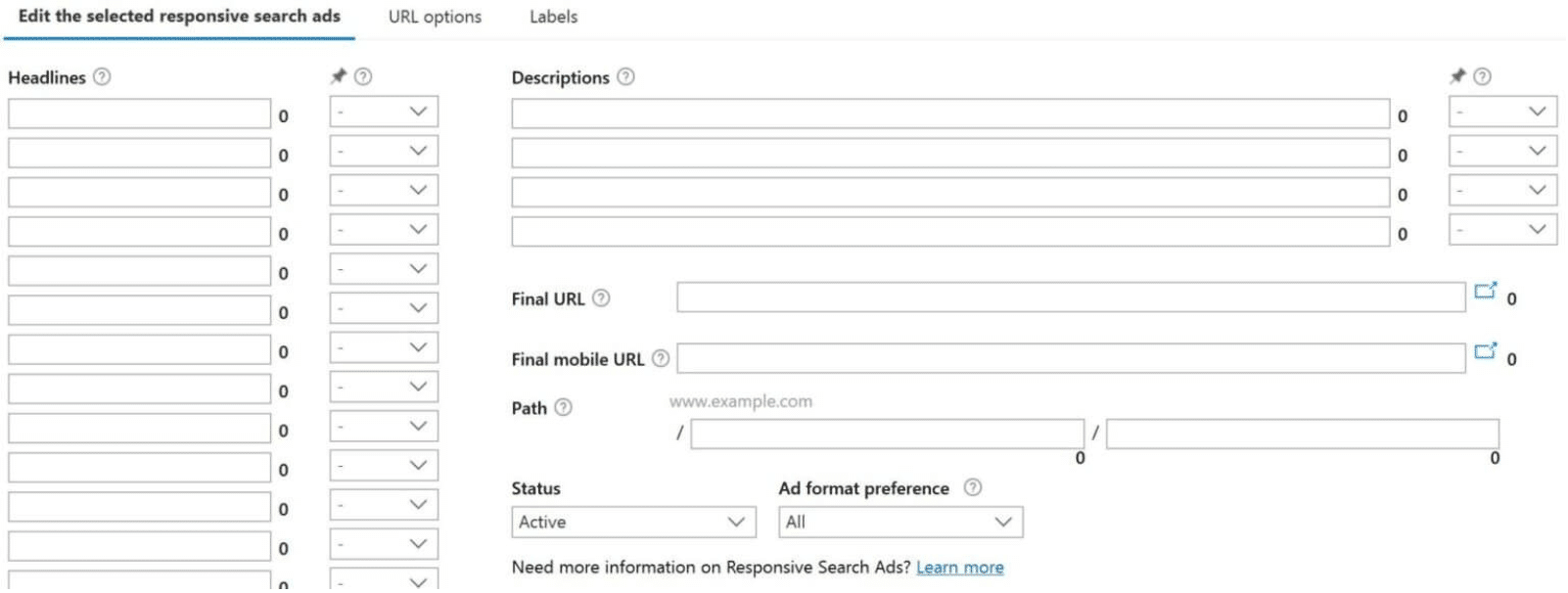
My suggestion would be to run both RSAs and ETAs alongside each other for now and test to see if you do get better performance running with the new ad type.
#6 – Standard Text Ads Extended
On the back of expanding responsive search ads to all advertisers, Microsoft have also announced that they will be extending the lift of Standard Text Ads for another three months, meaning you can still serve STAs until March 31st.
This is a push back from their former tentative date which was scheduled for the end of 2019. If you’re still running accounts with STAs (why?!), make sure to add in an Expanded Text Ad variant with similar messaging if you’re worried about performance and whilst you’re at it, why not add in an RSA to test too.
#7 – In Market Audience
My personal favourite and by far the biggest update for Microsoft is the addition of in-market audiences which are now available (as of the 28th of January) in UK, Canada and Australia territories.
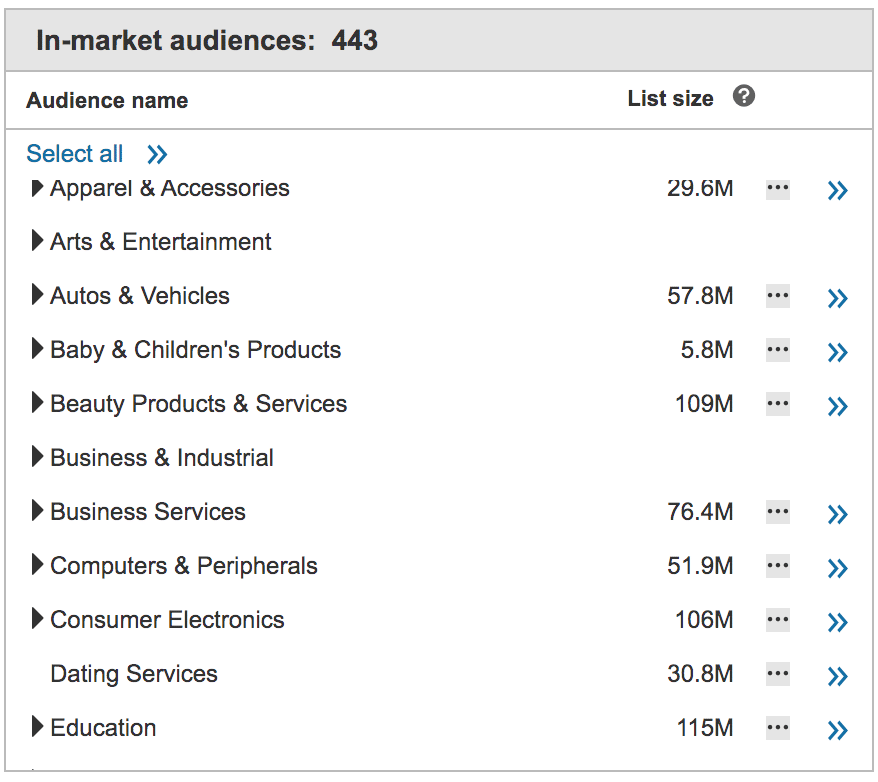
In-market audience splits out your customer base by purchase intent signals within certain categories, allowing you to bid or observe how each audience type perform in relation to your campaigns. In-market audiences are another good step forward for Microsoft, allowing advertisers to bid more effectively using multi-layered targeting options.
#8 – Average Position
Lastly, Microsoft has announced it will be depreciating average position in April 2020 following the footsteps of Google’s move last year. Although average position is leaving, Microsoft gave advertisers a number of other (arguably better) metrics to measure within the Impression Share family of metrics.
Interesting Updates & Announcements
Overall January to date has had some interesting updates and announcements from both platforms with Microsoft forever playing catchup and Google leading the way with new and exciting ways to measure and implement advertising campaigns.
If you need any help with your Google Ads or Microsoft Advertising strategy and campaign management, then get in touch.



